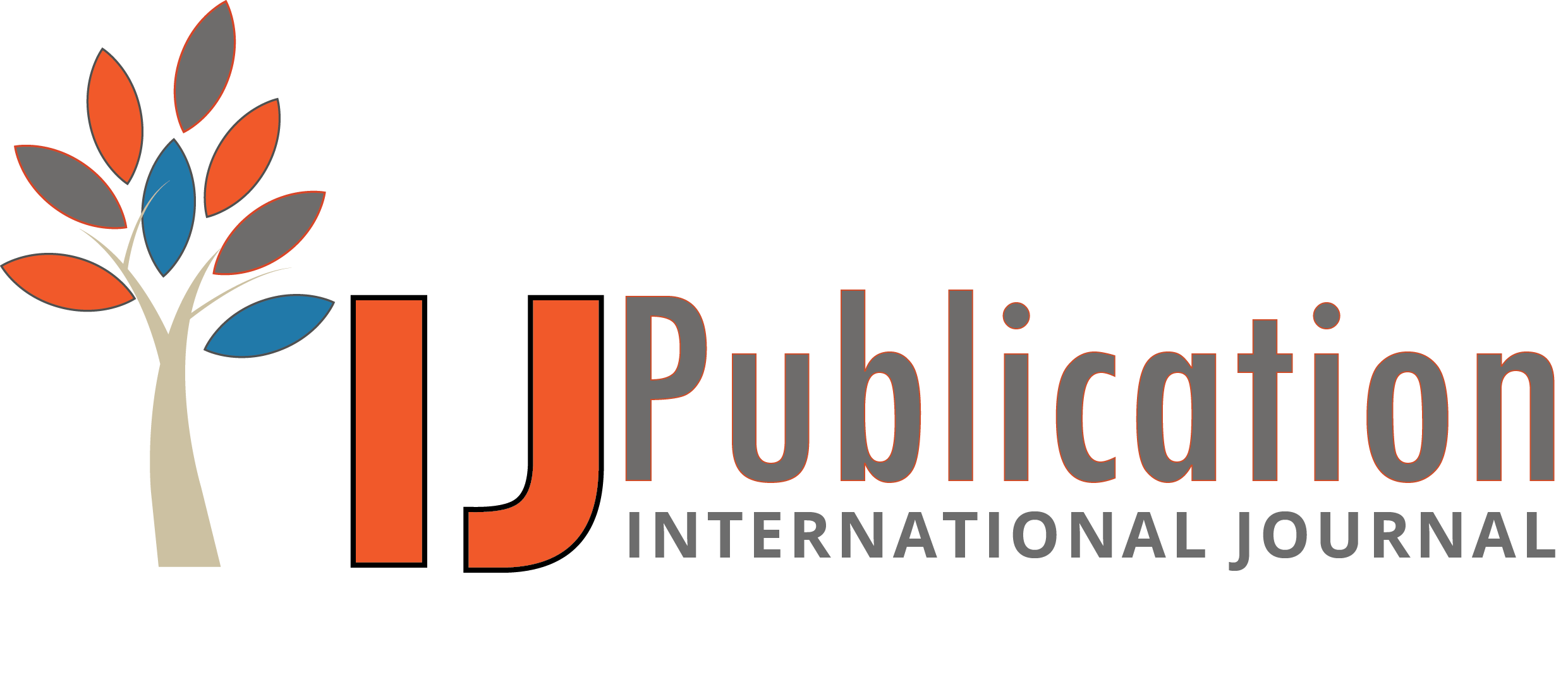Ramya Ramachandran Reviewer
15 Oct 2024 05:35 PM
 Approved
Approved
Relevance and Originality
The research article presents a timely and relevant exploration of fuzzy goal programming, an important area in decision-making processes where uncertainty is a critical factor. By comparing traditional fuzzy goal programming models with chance-constrained fuzzy goal programming (CCFGP), the study contributes to the existing literature on optimization under uncertainty. The originality of the work is highlighted through its integration of Gumbel distribution and the application of triangular fuzzy numbers, offering a fresh perspective on addressing decision-making challenges. This comparison not only enhances theoretical understanding but also provides practical implications for various fields, making the study significant for researchers and practitioners alike.
Methodology
The methodology employed in this study is robust, focusing on the comparative analysis of traditional and chance-constrained fuzzy goal programming models. By defining the right-hand side coefficients as fuzzy numbers and utilizing Gumbel distribution for randomness, the paper presents a clear framework for transforming chance-constrained problems into deterministic equivalents. However, the methodology could benefit from additional details on the specific steps taken during the defuzzification process and the criteria used for evaluating the performance of the CCFGP model against traditional approaches. Including these details would enhance the transparency and reproducibility of the research.
Validity & Reliability
The validity of the findings is supported by a sound theoretical foundation, particularly in the treatment of fuzzy numbers and random variables. The conversion of chance-constrained problems to deterministic equivalents adds credibility to the model, allowing for practical application. However, the reliability of the results could be strengthened by incorporating sensitivity analyses to assess how variations in input parameters affect outcomes. Additionally, discussing the limitations of the fuzzy models used and their applicability in real-world scenarios would provide a more comprehensive view of the study's contributions.
Clarity and Structure
The article is generally well-structured, with a logical flow from the introduction of fuzzy goal programming to the comparative analysis of the two models. However, certain technical terms and concepts could be better defined for clarity, especially for readers who may not be well-versed in fuzzy programming methodologies. Clearer section headings and subheadings would enhance navigation through the content. Furthermore, the inclusion of visual aids, such as flowcharts or diagrams illustrating the process of defuzzification and the relationships between the models, would improve overall comprehension.
Result Analysis
The result analysis demonstrates the superiority of the chance-constrained fuzzy goal programming model, emphasizing its effectiveness in optimizing decision-maker goals. The findings are well-supported by numerical illustrations, which provide tangible evidence for the proposed model's advantages. However, the analysis could be deepened by comparing the results with those obtained from other optimization techniques or models. Additionally, discussing the practical implications of the findings and potential applications in real-world decision-making scenarios would add value to the research, offering insights into how these methodologies can be implemented effectively.








Ramya Ramachandran Reviewer